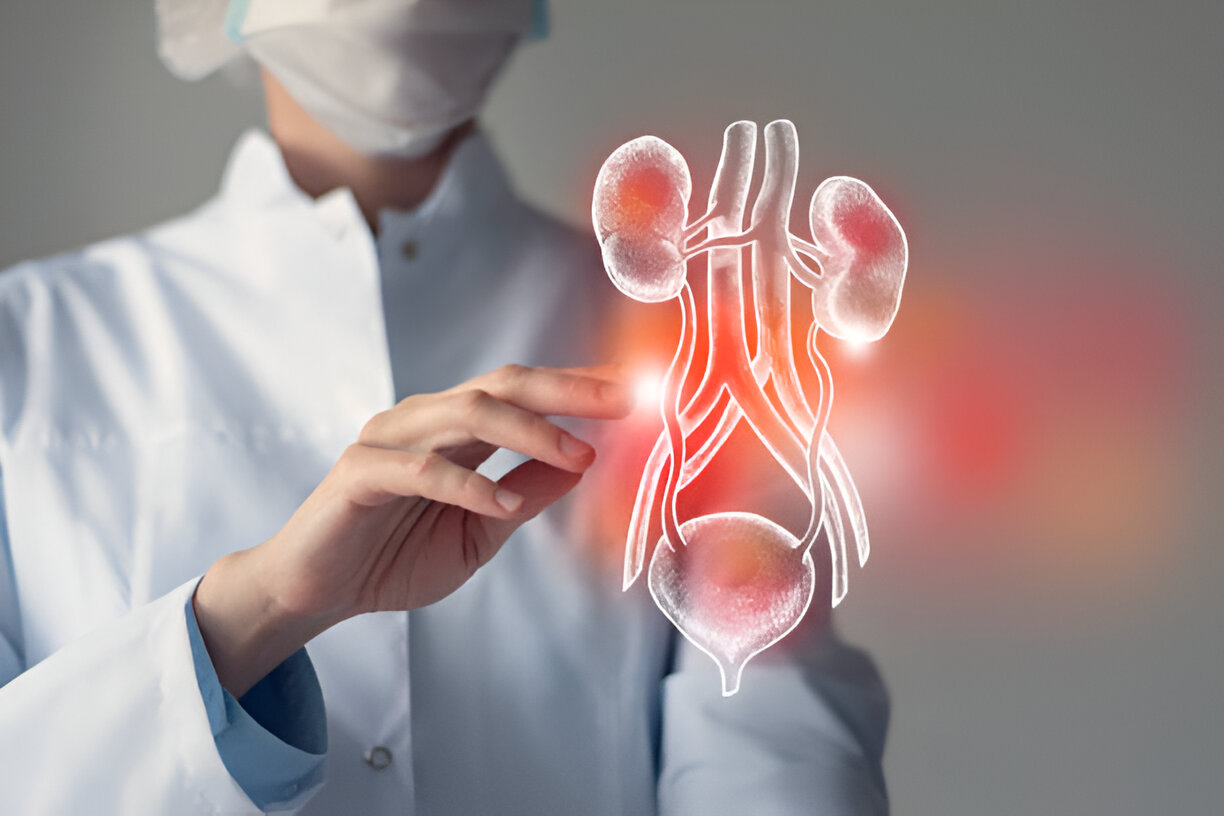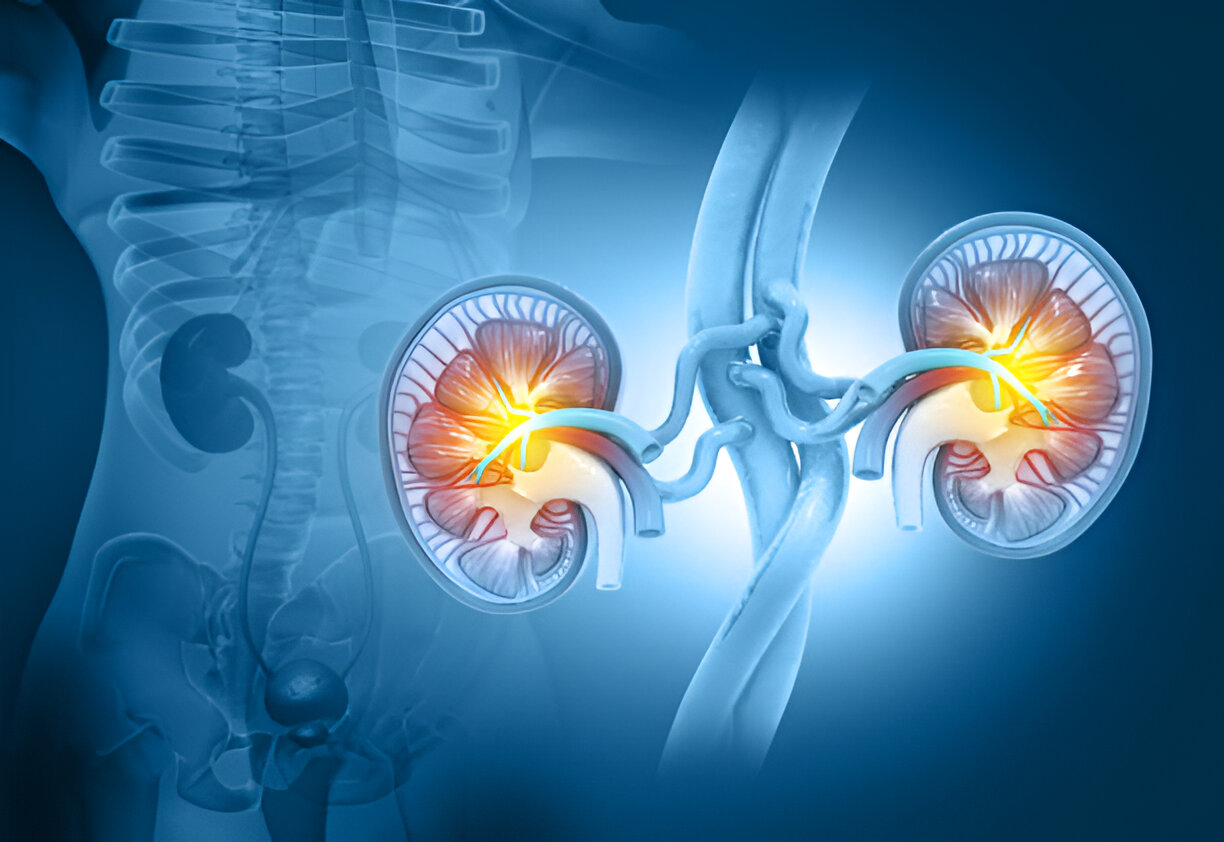
Managing Kidney Stones with Internal Medicine- Pain Relief and Long-Term Solutions
Kidney stones are a common and often painful condition that affects millions of people worldwide. These hard, crystal-like deposits form in the kidneys and can range in size from tiny grains to larger stones that may block the urinary tract. Passing a kidney stone can be extremely painful, but advances in internal medicine now offer effective ways to relieve symptoms, address the root causes, and prevent future stones.
In this blog post, we explore how internal medicine can help manage kidney stones—covering pain management techniques, diagnostic tools, and long-term strategies to reduce the risk of recurrence.
Understanding Kidney Stones
Kidney stones form when certain substances in the urine—such as calcium, oxalate, and uric acid—become overly concentrated and begin to crystallize. Over time, these crystals can clump together to form stones. Their size, shape, and composition can vary, with the most common types being calcium oxalate, uric acid, struvite, and cystine stones.
The development of kidney stones is influenced by multiple factors, including:
- Dehydration: Not drinking enough fluids leads to concentrated urine, increasing the risk of crystal and stone formation.
- Diet: High consumption of salt, animal protein, and oxalate-rich foods (like spinach and nuts) can promote stone development.
- Obesity: Being overweight or obese is a known risk factor for kidney stones.
- Underlying Medical Conditions: Disorders such as hyperparathyroidism, gout, diabetes, and inflammatory bowel disease can increase the likelihood of stone formation.
- Family History: A genetic predisposition can make some individuals more likely to develop kidney stones.
Symptoms of Kidney Stones
The symptoms of kidney stones can range from mild to severe and include:
- Severe pain: Often described as one of the most intense pains people experience, it usually starts in the lower back or side and radiates toward the abdomen and groin area.
- Blood in urine: Hematuria (blood in urine) is a common sign of kidney stones.
- Frequent urination: A strong urge to urinate more often, especially in small amounts.
- Nausea and vomiting: These symptoms often accompany the pain.
- Cloudy or foul-smelling urine: This could indicate an infection or the presence of stones.
Pain Relief for Kidney Stones: Immediate Management
Managing the intense pain caused by kidney stones is the first priority in treatment. Internal medicine specialists typically use a combination of medications and supportive therapies to provide relief and support the body’s natural process of passing the stone.
1. Nonsteroidal Anti-Inflammatory Drugs (NSAIDs)
Medications like ibuprofen and naproxen are often the first choice for managing mild to moderate kidney stone pain. They reduce inflammation in the urinary tract, helping ease the discomfort as the stone moves. However, NSAIDs should be used cautiously in patients with kidney disease or gastrointestinal issues.
2. Opioids for Severe Pain
When NSAIDs are not effective, short-term use of opioids such as morphine or hydrocodone may be necessary for severe pain. Due to the risk of side effects and dependence, opioids are typically reserved for more extreme cases and used for the shortest duration possible.
3. Alpha Blockers
Medications like Tamsulosin work by relaxing the muscles in the urinary tract, making it easier for stones—especially those in the lower ureter or bladder—to pass. This can reduce both the pain and the time it takes for the stone to exit the body.
4. Hydration Therapy
Staying well-hydrated is key to both managing current stones and preventing future ones. Drinking plenty of water helps flush out small stones naturally. In more severe cases, intravenous (IV) fluids may be given in a clinical setting if oral intake isn’t sufficient.
5. Heat Therapy
Applying a heating pad to the lower back or abdomen can help relax the surrounding muscles and ease discomfort. While not a replacement for medication, heat therapy can be a useful, non-invasive way to supplement pain management.
Diagnostic Approaches to Kidney Stones
Proper diagnosis is crucial in managing kidney stones effectively. Internal medicine specialists use a variety of diagnostic tools to assess the size, type, and location of kidney stones and to determine the best course of treatment.
1. Urinalysis
A urinalysis can detect the presence of blood, crystals, or infection in the urine. The results can provide clues about the type of kidney stone and whether an infection is present.
2. Imaging Tests
Imaging tests are essential for visualizing kidney stones and assessing their size and location. Common imaging methods include:
- CT Scan: A non-contrast spiral CT scan is the gold standard for detecting kidney stones, as it can quickly and accurately identify stones in any part of the urinary tract.
- Ultrasound: This is a less invasive option that can be used, particularly in pregnant women, to identify kidney stones without exposing the patient to radiation.
- X-Rays: While not as detailed as CT scans, plain abdominal X-rays can sometimes identify larger stones.
3. Blood Tests
Blood tests are used to check for underlying conditions that may contribute to kidney stone formation, such as high calcium levels, kidney function, and uric acid levels. Elevated calcium levels can indicate hyperparathyroidism, while high uric acid levels may suggest gout as a contributing factor.
Long-Term Solutions for Kidney Stones: Prevention and Management
Once the acute pain is under control, the next step in kidney stone management is preventing future stones from forming. Internal medicine specialists focus on long-term strategies that target the underlying causes, encourage healthy lifestyle habits, and, when necessary, include medication.
1. Stay Well Hydrated
Adequate hydration is one of the most effective ways to prevent kidney stones. The goal is to produce enough urine to keep stone-forming substances diluted. Most people are advised to drink at least 8–10 cups (2–2.5 liters) of water per day, although individual needs may vary depending on climate, activity level, and medical conditions.
2. Make Smart Dietary Changes
Diet plays a critical role in preventing kidney stones. Internal medicine specialists often recommend the following adjustments:
- Limit sodium: High salt intake increases calcium levels in the urine, which can promote the formation of calcium-based stones. Cutting back on processed and salty foods can help reduce this risk.
- Reduce animal protein: Diets high in red meat, poultry, and fish can lead to increased uric acid levels, raising the risk of uric acid stones. Incorporating more plant-based meals can be beneficial.
- Increase dietary calcium (not supplements): Consuming calcium-rich foods like dairy products can actually lower the risk of calcium oxalate stones by binding with oxalates in the digestive tract before they reach the kidneys.
- Limit high-oxalate foods: Foods like spinach, rhubarb, beets, and nuts are rich in oxalates, which can contribute to stone formation. These can still be enjoyed in moderation—especially when paired with calcium-containing foods to reduce absorption.
3. Use Medications When Needed
In certain cases, medications are prescribed to prevent stones based on the type of stone and individual health factors:
- Thiazide diuretics for calcium stones
- Allopurinol for uric acid stones
- Potassium citrate to alkalinize the urine
- Cystine-binding agents for rare cystine stones
These medications are usually part of a personalized treatment plan and may be combined with lifestyle and dietary changes for the best results.

Medications to Prevent Stone Formation
Certain medications may be prescribed depending on the type of kidney stone and underlying risk factors:
- Thiazide diuretics: Often used for calcium oxalate stones, these medications reduce the amount of calcium excreted in the urine, lowering the risk of stone formation.
- Allopurinol: This drug helps reduce uric acid levels, making it especially useful for patients with uric acid stones or gout.
- Potassium citrate: This medication helps alkalize the urine, which can prevent the formation of uric acid and other acid-based stones.
4. Lifestyle Changes
Adopting healthy habits plays a key role in reducing the risk of kidney stone recurrence:
- Maintain a healthy weight: Obesity increases the risk of stone formation. A balanced diet and regular physical activity can help with weight management.
- Exercise regularly: Consistent physical activity helps regulate metabolism and supports overall kidney health.
- Stay well-hydrated: Drinking water throughout the day keeps your urine diluted, reducing the concentration of stone-forming substances.
5. Regular Monitoring and Follow-Up
If you’ve had kidney stones in the past, ongoing follow-up with your internal medicine physician is essential. Regular urine tests, blood work, and imaging studies help detect early signs of stone recurrence and allow your doctor to adjust preventive strategies as needed.
Conclusion
Kidney stones can cause significant pain and discomfort, but with the right management strategies, individuals can find relief and reduce the risk of future stones. Internal medicine offers a comprehensive approach to managing kidney stones through pain relief, diagnostic tools, and long-term prevention strategies. By staying hydrated, making dietary adjustments, and using medications when necessary, people can take proactive steps to protect their kidney health and improve their quality of life. If you’re struggling with kidney stones or have a history of them, consult with a healthcare provider to develop an individualized treatment plan tailored to your needs.






